A monument to Prince Rudolph of Habsburg was erected on the edge of Obedska Bara, where he hunted and studied birds. Contemporaries say that Rudolph, the son of Emperor Francis Joseph, was much more moderate in hunting than his cousin Franz Ferdinand, who used to massacre hundreds of animals in one day.
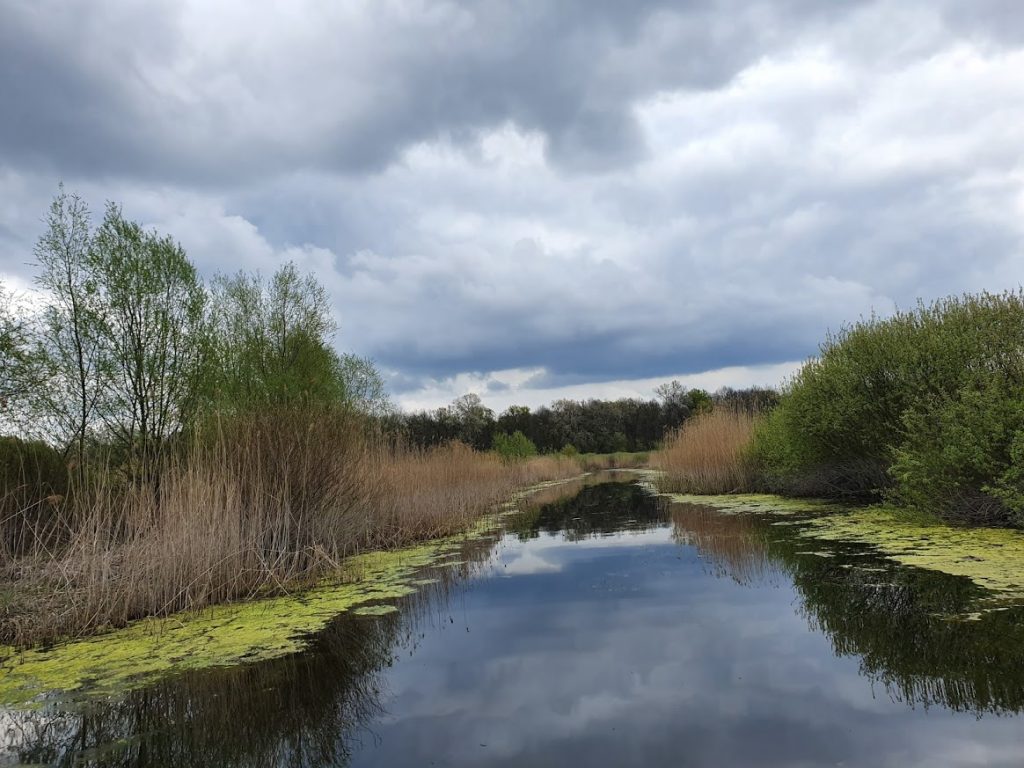
“Istvan the Swan came from Hungary, which you can see from the ring on his leg. His six to seven cygnets hatch here every year,” Ivana from Vojvodinašume tells us as our boat cuts the calm water of Obedska Bara (Obedska Swamp). The barbed wire, which was put there to stop illegal immigrants crossing the border in the other direction, obviously did not stop ‘the migrant’ Istvan.
In 1874, the Austro-Hungarian court declared this area an imperial hunting ground and a protected area.
“Obedska Bara is the second protected nature reserve in the world after Yellowstone Park in the USA”
Today, Obedska Bara, a special nature reserve, spans 9,820 hectares, while the protected zone spans 19,611 hectares. 217 species of birds live or occasionally come here and at a certain point, as many as 58,000 pairs of birds have been counted here. Of the other animal species, it is worth mentioning the weatherfish (an indigenous species), the European adder (the only venomous animal in this area), as well as the bobcat, the marten, the otter and several species of bats.
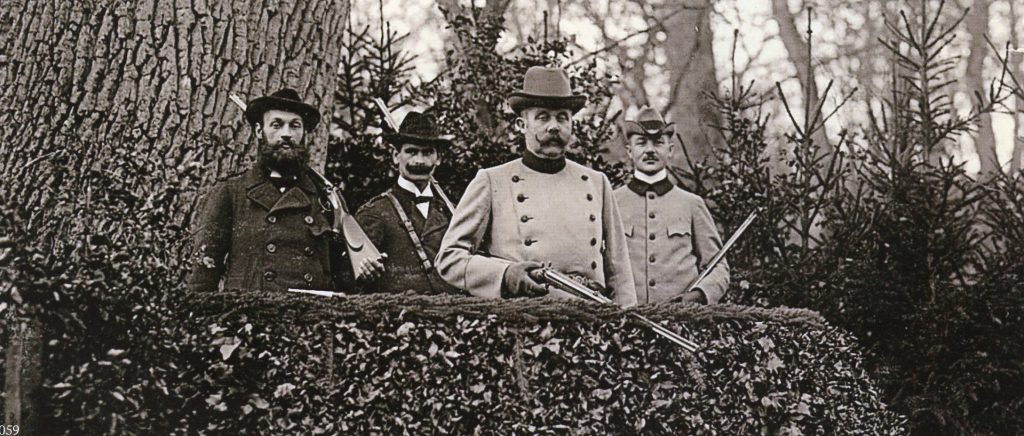
“Travelling around the world, I have not yet found such opportunities for a naturalist, such as in Obedska Bara, which will always be unforgettable to me. True, there are ponds and waterfowl in abundance elsewhere, but they are more scattered and inaccessible than Obedska Bara, which cannot be compared to anything else and which will therefore remain memorable. In this regard, Obedska Bara can be considered an Eldorado for birds”. This is how the famous Viennese naturalist and adventurer Johann Zelebor spoke of his impressions of Obedska Bara in his letter from Grenada while he was on a trip around the world on the Novara ship in 1857. His words hold weight because he is one of the best connoisseurs of nature and birds of his time, who explored the valleys of the Nile, the great rivers of India, and many other parts of the world.
TENT NEAR KUPINOVO
On the edge of the pond, a monument to Prince Rudolph of Habsburg was erected in 1891, who came here to hunt but also to observe and study birds. Contemporaries say that Rudolph, the son of Emperor Francis Joseph, was much more moderate in hunting than his cousin Franz Ferdinand, who used to massacre hundreds of animals in one day.
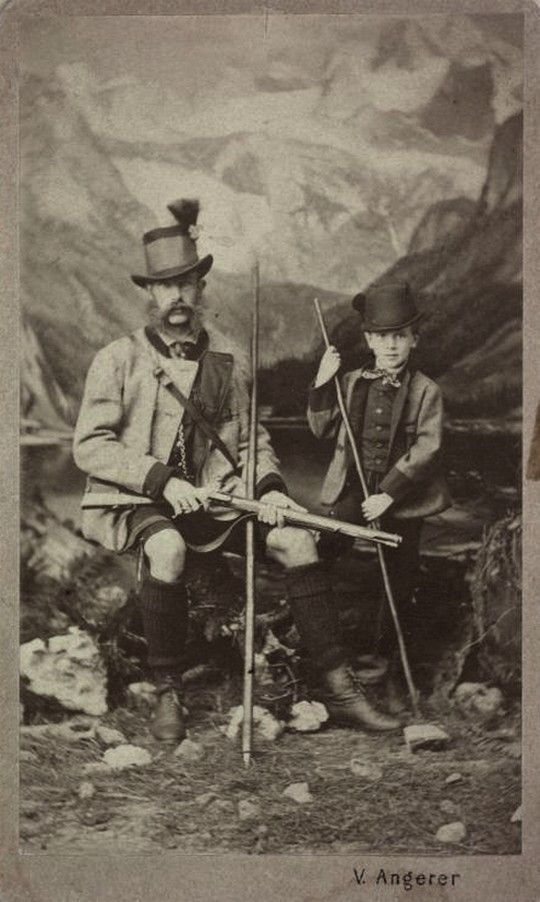
Prince Rudolph visited Obedska Bara for the first time between 28th and 30th May 1885, at the age of 27, when he hunted and studied birds. He was accompanied by Archduke Otto and Count Teleki. A tent was set up for him near the village of Kupinovo, opposite the cemetery, next to the place where the bird colony was located. There are indications that he visited Obedska Bara the following year again when he hunted alone. Although a passionate hunter, Prince Rudolph was also a great connoisseur of birds that he studied in Europe and Asia, wrote books and studies about them and was a patron of ornithological societies. After Rudolph’s tragic death in the Mayerling Castle in January 1889, when Baroness Mary Vetsera also died, a stone monument in the shape of an obelisk, 4.5 metres high and 1.5 metres wide, was erected in 1890 on the shores of Obedska Bara, next to a bird colony.
The monument stayed in the same place in 1930, together with the newly built mountain home. On his first visit to the area, King Aleksandar Karadjordjević wished for the monument to Prince Rudolph not to be touched even after the collapse of the Austro-Hungarian monarchy. According to the Kupinovo locals, the monument was destroyed at the beginning of the Second World War (around 1942) out of revolt. They think that the monument’s remains lie on the bottom of the pond next to the site which is called ‘The Monument’ after its former landmark, while some parts of the monument were taken to the village by the locals.
FERDINAND’S 819 BIRDS
In the early 20th century, Archduke Franz Ferdinand said that “because this area is protected, the beauty and glory Obedska Bara has been preserved because it is the only memory of the glorious past when there were large colonies of birds here” (according to Jakob Schenk, 1908). One of Archduke Ferdinand’s hunts in Obedska Bara, between 10th and 12th June 1892, is still talked about because he caught 819 birds. After that, Ferdinand stayed at Obedska Bara between 7th and 10th May 1899, 18th and 23rd May 1900, late April 1901, 15th to 17the May 1903, 17th and 19th May 1905. Some historical sources claim that he was getting ready to visit Obedska Bara again in 1914 but he died earlier that year.
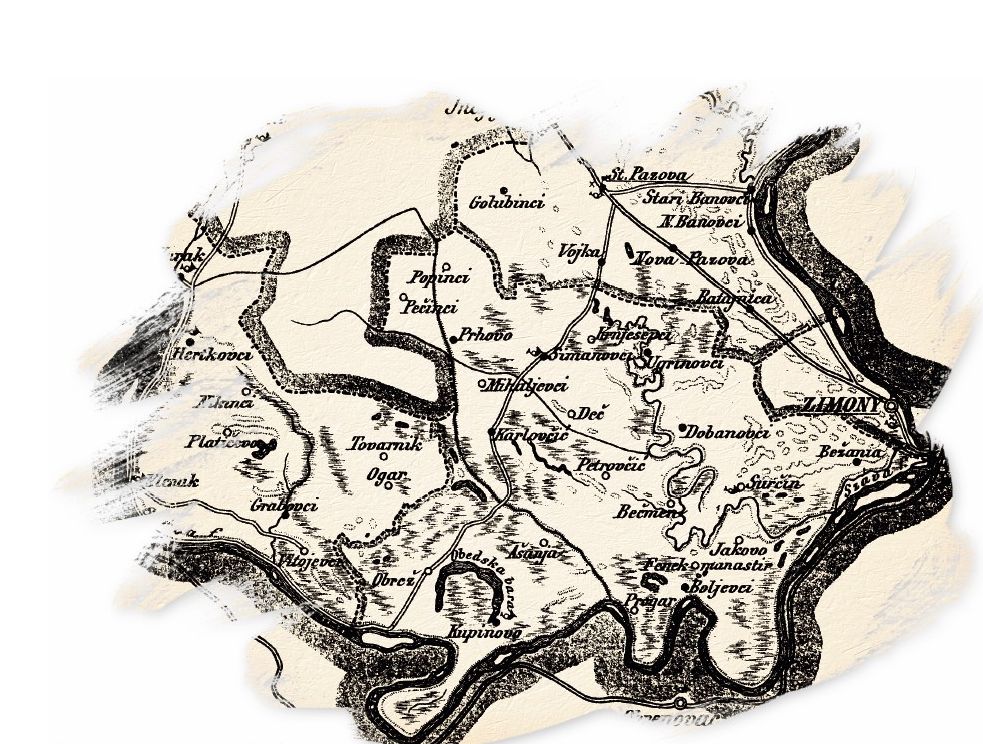
In the 19th and the first half of the 20th century, apart from Prince Rudolph and Archduke Franz Ferdinand, many famous politicians, military leaders and aristocrats of Central Europe came to Obedska Bara, including Archduke Joseph Ferdinand Salvatore, Baron Siegfried and Princess Elizabeth (11-12 April 1898), Archduke Otto and Count Samuel Teleki (1885), Count Leo Kalbermatten (1887), Count Ludwig Wurmbrand and many others. We will never know the names of every high-ranking guest who stayed and hunted in Obedska Bara before 1914 because the meticulously kept documentation burned down with the forest administration building in Kupinovo at the beginning of the First World War.
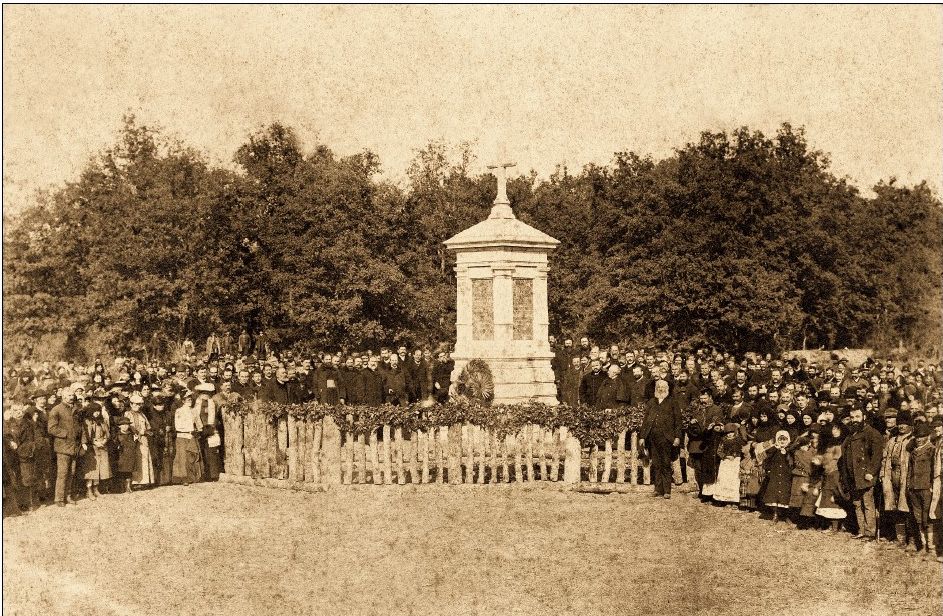
After the formation of the Kingdom of Serbs, Croats and Slovenes, on 10th November 1919, a new protection order for Obedska Bara was put in place when the Petrovaradin Property Municipality handed over Obedska Bara, as the royal hunting ground, to the Regent – King Aleksandar I Karadjordjević, the Unifier.
The heir to the throne hunted down two glossy ibises’ (Plegadis Falcinellus) and one Eurasian spoonbill (Platalea Leucorodia) in Obedska Bara between 22nd and 23rd May 1920. These specimens were taxidermied and kept in the collection of the Natural History Museum in Belgrade. In 1930, Benić said that His Majesty, as a lover of hunting and nature, as well as Queen Marija, were happy to visit Obedska Bara, despite the poor quality of the roads leading there. During a visit to Obedska Bara in 1936, Rudolf Pongratz said that the manager of the court hunting ground Dimnik and the supervisor of the royal hunting ground in Obedska Bara, Edo Levstnik, took very disciplined and strict care of this hunting ground and bird sanctuary, which means that harassment of the animals and poaching were reduced to a minimum. After the Second World War, by the decision of the Institute for the Study of Natural Values of the People’s Republic of Serbia in 1951, Obedska Bara was declared a protected nature reserve.
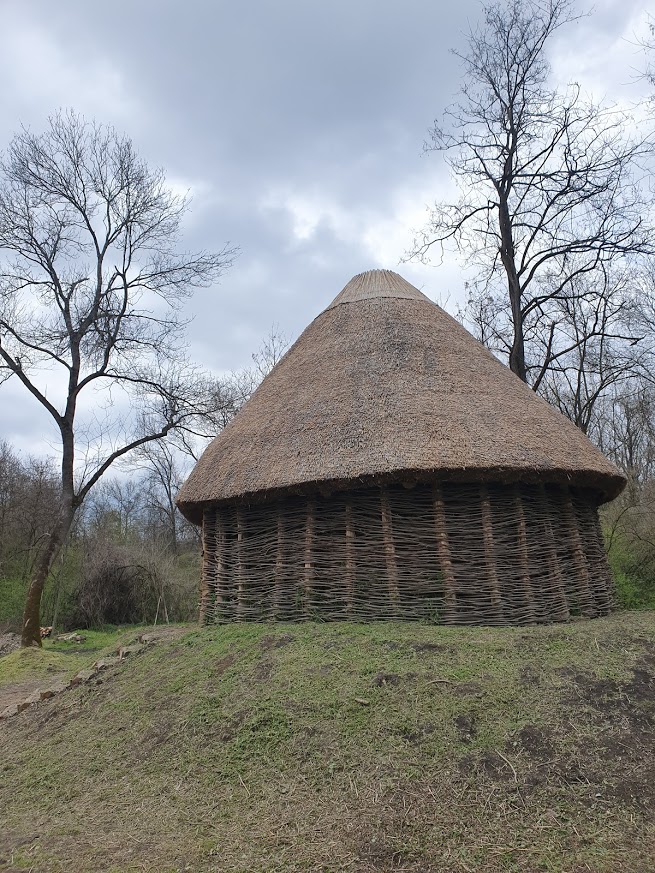
DISASTER AVERTED
There is a monument from 1977, built on the swamp’s shore in memory of Filip Spasojević (age 22) and Milan Sarić (age 20), two boys from Donji Tovarnik, who drowned here.
“Brave individuals are the ones who manage to preserve the heritage for future generations”
We disembarked from the boat and continued our way through the woods. In addition to Ivana, our hosts are Roland and Marko, directors of Vojvodinašume, a public company that has been managing and protecting Obedska Bara for the past 20 years. We reach a clearing where the traditional wicker house, typical of the Srem district, stands, lined with mud on the inside, with an opening at the top for light and smoke.
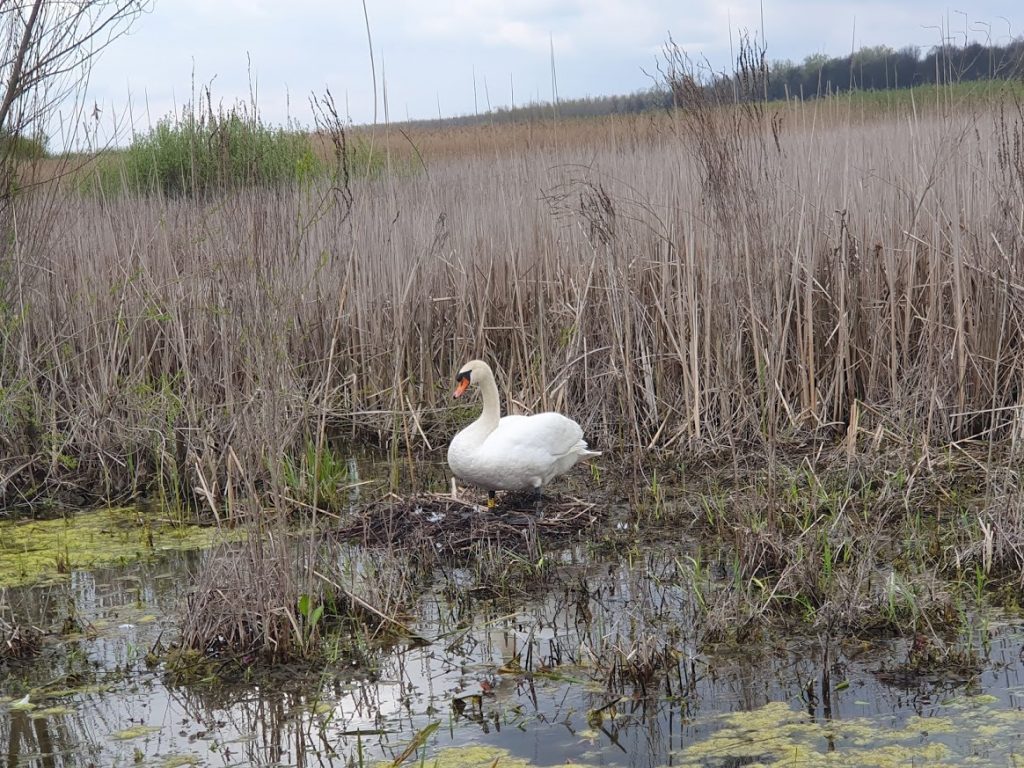
MIGRANT FROM HUNGARY: Istvan the Swan While drinking wine from wooden cups, our hosts tell me about the danger that loomed over Obedska Bara in 1962. There were operational plans in place to clear and reclaim the entire area of Kupinske Grede within Potkovica Obedska Bara, using tractors with ploughs and tonnes of explosives to disperse thousands of stumps of the giant oak trees that had been cut down. The plan was then to plant the entire area, spanning over 2,000 hectares, with poplars. Dušan Čolić and his team from the Institute for Nature Protection of the Republic of Serbia (especially his colleague Jelena Popović) learned about these plans and mobilized the public and important state institutions. They were aware that if the plan were executed, it would be the final and irreversible blow to this unique natural oasis. The struggle lasted for almost two years and was uncertain and difficult, but in the end, nature protection and Obedska Bara triumphed.
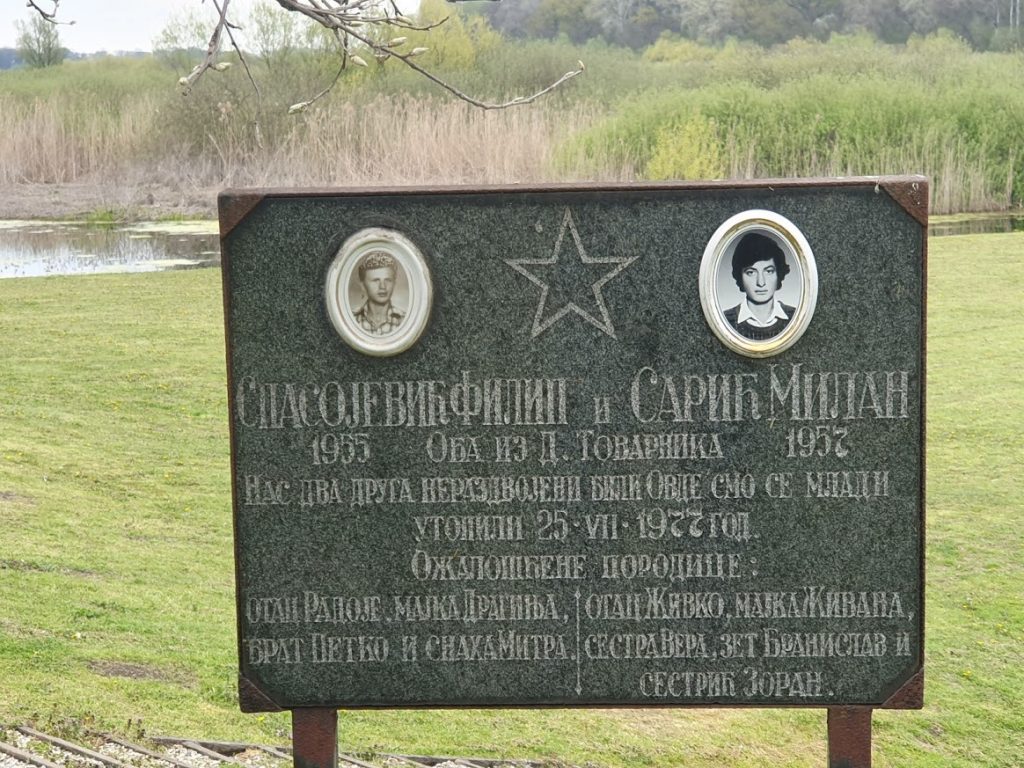
As in most similar cases, such as the prevention of the demolition of the Petrovaradin Fortress after the First World War by General Dragoš Djelošević, brave individuals are the ones who manage to preserve the heritage for future generations.
By Robert Čoban